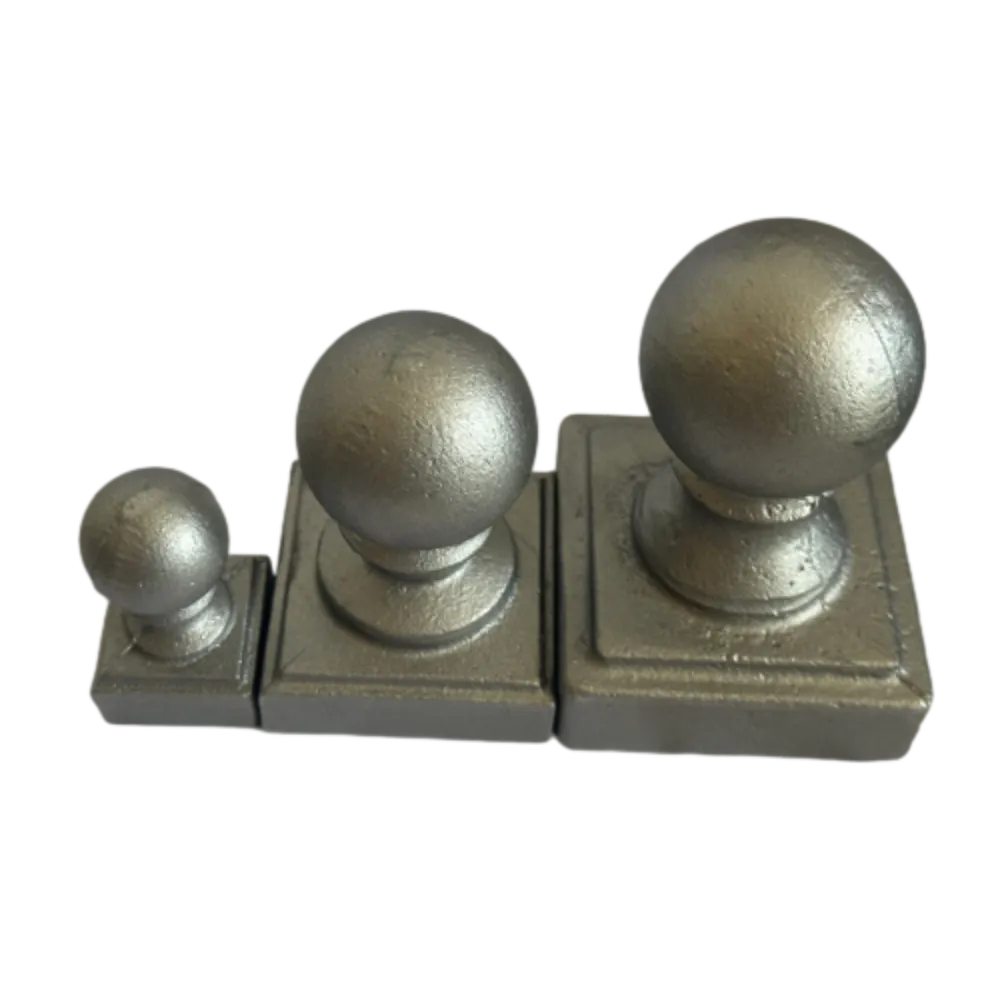Different Types of Sliding Door Rollers for Your Home Improvement Needs
Types of Sliding Door Rollers A Comprehensive Guide
Sliding doors are an essential addition to modern architecture and interior design, providing a seamless transition between indoor and outdoor spaces. One key component that ensures smooth operation and enhances the longevity of these doors is the sliding door roller. Various types of sliding door rollers exist, each tailored to meet specific needs and applications. This article explores the different types of sliding door rollers, their features, and their appropriate uses.
1. Standard Roller Assemblies
Standard roller assemblies are the most commonly used type for sliding doors. These rollers typically feature a plastic or metal wheel that moves along a track mounted on the door frame. They are ideal for lightweight doors, such as interior sliding doors or lightweight patio doors. Standard roller assemblies are easy to install and replace, making them a popular choice for homeowners and builders alike.
2. Ball Bearing Rollers
For sliding doors that experience frequent use or heavy traffic, ball bearing rollers are the go-to option. These rollers incorporate ball bearings within their design, allowing for incredibly smooth operation and reduced friction. They can support heavier doors without compromising performance, making them suitable for external sliding doors or larger installations. Ball bearing rollers come in various materials, including nylon and steel, catering to different aesthetic and functional requirements.
3. Adjustable Rollers
Another versatile option is the adjustable roller. As the name suggests, these rollers can be adjusted to accommodate different door heights and ensure a perfect fit within the track. This feature is particularly beneficial for doors that may have settled over time. Adjustable rollers are often found in both interior and exterior sliding doors, providing a flexible solution for maintaining proper door alignment and performance.
types of sliding door rollers

For industrial or commercial sliding doors that need to withstand substantial wear and tear, heavy-duty rollers are essential. These rollers are built for durability, often constructed from robust materials like stainless steel or hardened aluminum. Heavy-duty rollers can support significantly heavier doors and are designed to handle high-frequency usage without losing functionality. Industries such as warehouses, garages, and commercial spaces frequently employ these rollers to ensure reliable door operation in high-traffic areas.
5. Pocket Door Rollers
Pocket doors are a stylish solution for saving space in residential and commercial settings. The rollers used in pocket door systems are typically designed to slide within a concealed track when the door is opened, allowing the door to disappear into the wall. Pocket door rollers can be either surface-mounted or recessed, depending on the design. They are generally lightweight and designed for ease of use, making them ideal for interior applications where space is at a premium.
6. Vertical Lift Rollers
For specialized applications, such as in garages or hangar doors, vertical lift rollers are used. These rollers work in conjunction with a system that allows the door to move vertically, much like a garage door. Vertical lift rollers are engineered to handle the weight and movement dynamics of larger doors, providing stability and ease of operation. They are less common than other roller types but are crucial in specific industrial and commercial environments.
7. Multi-directional Rollers
Multi-directional rollers are designed for doors that need to move in various directions, not just along a straight track. These rollers enable the door to pivot, slide, and fold, catering to complex architectural designs, such as bi-fold or tri-fold doors. Multi-directional rollers add versatility and functionality, allowing for a greater range of motion and innovative design possibilities in modern buildings.
Conclusion
Choosing the right sliding door roller is crucial for ensuring the door's performance, longevity, and overall functionality. The type of roller must align with the specific requirements of the door, including its weight, frequency of use, and the space it occupies. From standard rollers for lightweight doors to heavy-duty options for industrial applications, understanding the various types of sliding door rollers can help homeowners, builders, and architects make informed decisions. By selecting the appropriate roller system, it’s possible to enhance the ease of operation, maintain aesthetics, and ensure the durability of sliding doors in any setting.
-
Wrought Iron Components: Timeless Elegance and Structural StrengthNewsJul.28,2025
-
Window Hardware Essentials: Rollers, Handles, and Locking SolutionsNewsJul.28,2025
-
Small Agricultural Processing Machines: Corn Threshers, Cassava Chippers, Grain Peelers & Chaff CuttersNewsJul.28,2025
-
Sliding Rollers: Smooth, Silent, and Built to LastNewsJul.28,2025
-
Cast Iron Stoves: Timeless Heating with Modern EfficiencyNewsJul.28,2025
-
Cast Iron Pipe and Fitting: Durable, Fire-Resistant Solutions for Plumbing and DrainageNewsJul.28,2025
-
 Wrought Iron Components: Timeless Elegance and Structural StrengthJul-28-2025Wrought Iron Components: Timeless Elegance and Structural Strength
Wrought Iron Components: Timeless Elegance and Structural StrengthJul-28-2025Wrought Iron Components: Timeless Elegance and Structural Strength -
 Window Hardware Essentials: Rollers, Handles, and Locking SolutionsJul-28-2025Window Hardware Essentials: Rollers, Handles, and Locking Solutions
Window Hardware Essentials: Rollers, Handles, and Locking SolutionsJul-28-2025Window Hardware Essentials: Rollers, Handles, and Locking Solutions -
 Small Agricultural Processing Machines: Corn Threshers, Cassava Chippers, Grain Peelers & Chaff CuttersJul-28-2025Small Agricultural Processing Machines: Corn Threshers, Cassava Chippers, Grain Peelers & Chaff Cutters
Small Agricultural Processing Machines: Corn Threshers, Cassava Chippers, Grain Peelers & Chaff CuttersJul-28-2025Small Agricultural Processing Machines: Corn Threshers, Cassava Chippers, Grain Peelers & Chaff Cutters












